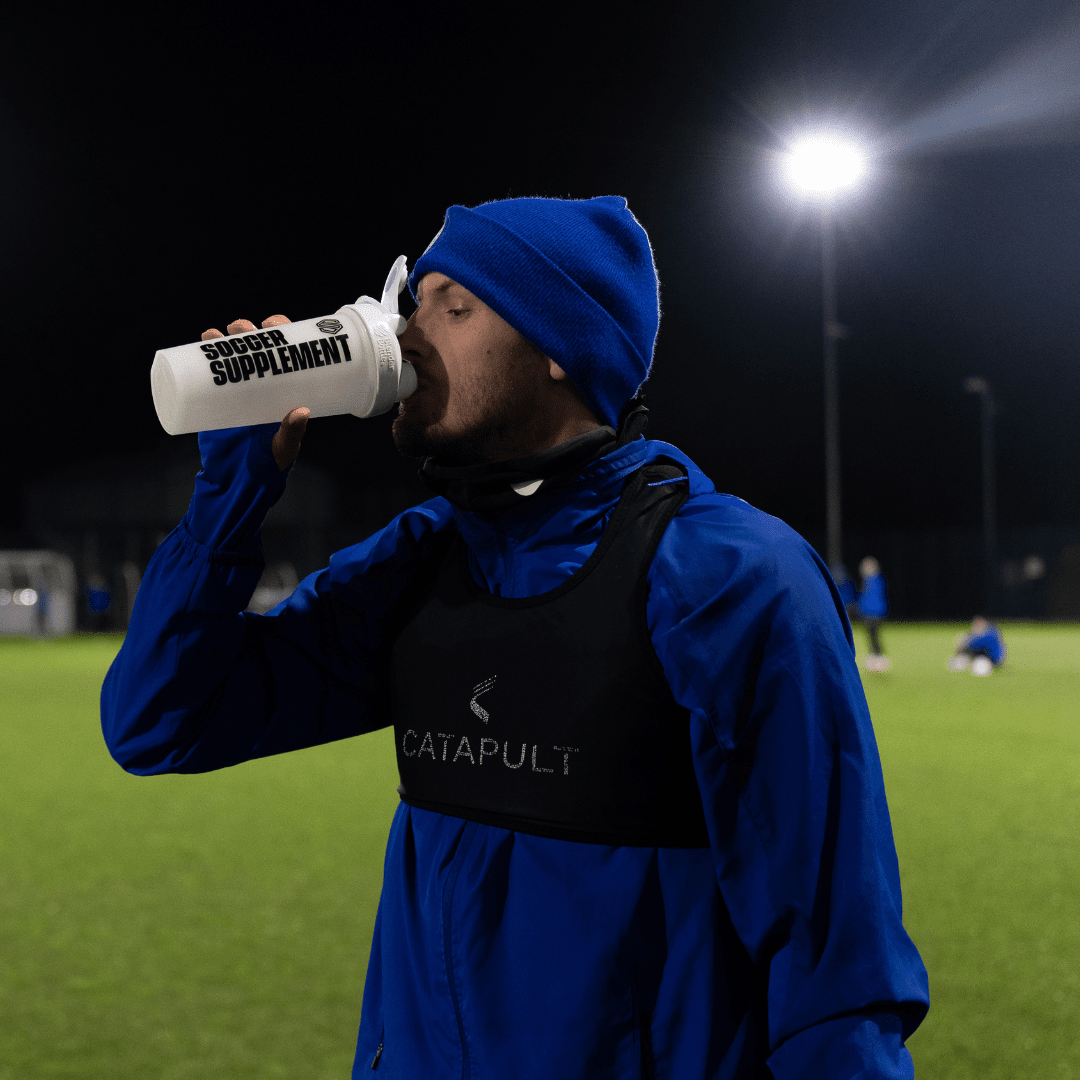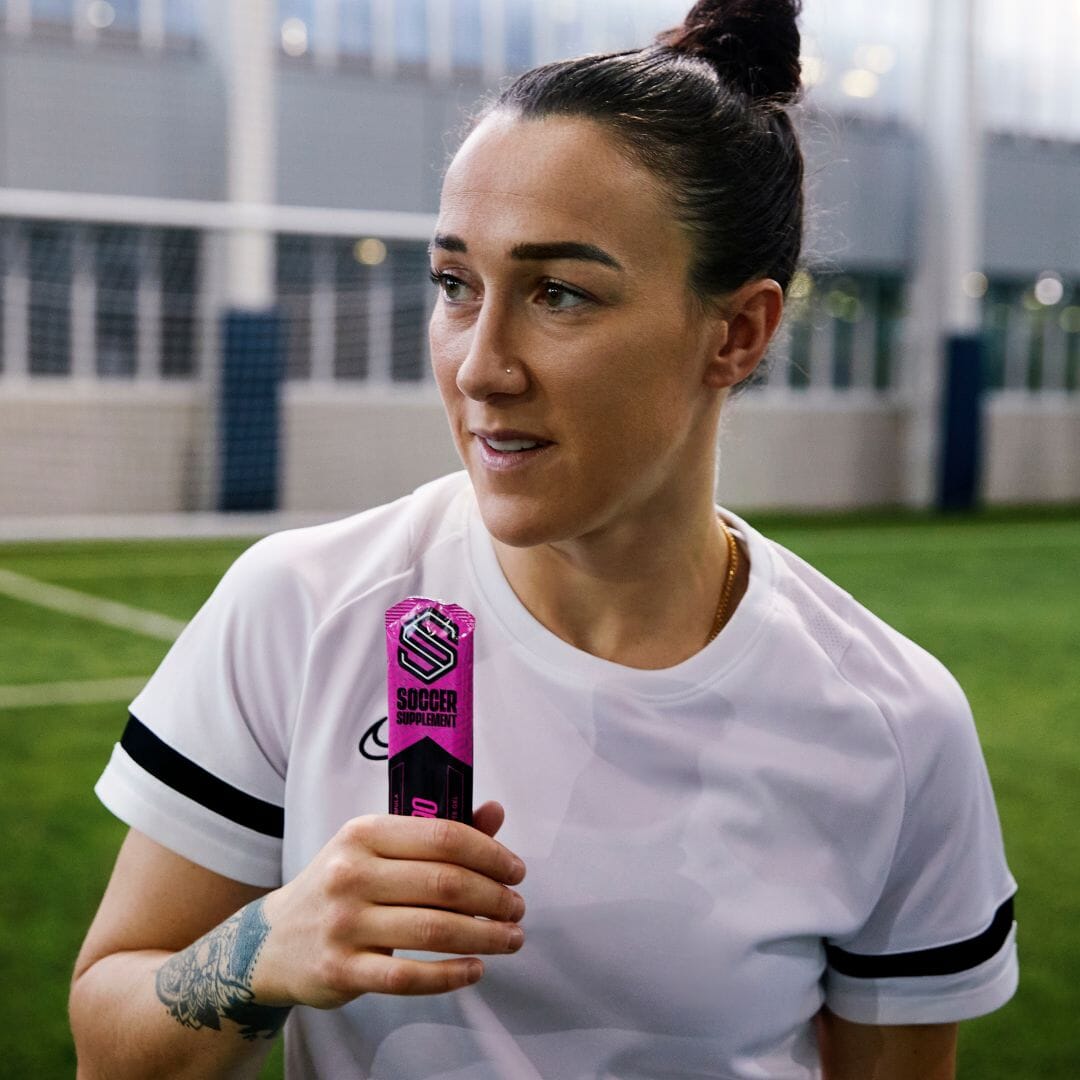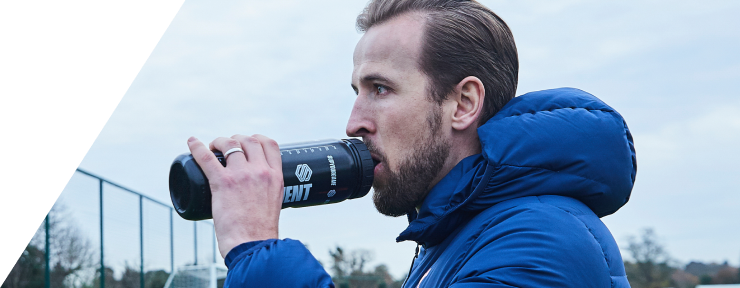While a lot of football training and matches take place on wet, cold nights, the pre-season period often means that players will be training in hot weather. The pre-season is vital preparation for the upcoming season, and players need to make the most of the opportunity to get match-fit over the summer.
Training in heat brings new challenges and risks to training like heatstroke and dehydration. It's crucial that players and coaches understand these challenges if they are looking to avoid illness and play at the top of their game in the summer heat. This is particularly important for the upcoming world cup in Qatar. Despite being moved from June — when temperatures regularly exceed 40C — to November, temperatures will still be between 22C and 30C.
But while hot weather training comes with risks, there are several benefits to training in high temperatures. Studies have shown how heat acclimation can boost athletic performance and help players up their game. Our extensive guide on training in heat will help you make the most of the opportunity while avoiding dehydration, heat exhaustion, and other risks from training sessions and matches in a hot environment.
The Benefits of Heat Training
Training in heat has been shown in various studies to improve aerobic performance. By training in hot temperatures, players can trigger heat acclimation, which not only helps boost athletic performance in hot weather but in cooler weather, too, meaning it's perfect for the pre-season period.
The effects of training in heat include:
- Decreased heart rate
- Increase consumption of oxygen
- Increase blood plasma volume
- Lower core temperature when you start sweating
Heat acclimation increases haemoglobin production, a critical protein in red blood cells that carry oxygen to the body's major organs and tissues. A recent study on endurance athletes found that training for five hours a week for five weeks in high temperatures boosted haemoglobin by 4-5%.
Alongside increased haemoglobin production, training in hot weather for just a few days increases blood plasma volume by almost 20%. Blood plasma volume in the human body increases players' ability to regulate their core body temperature. By allowing the body to acclimatise to the heat, your body gets better and cools down by sweating. But increased blood plasma volume also means that your body can send more blood to cool your skin's surface without reducing the amount of oxygen sent to your muscles, meaning endurance and stamina improve.
The benefits of training in hot conditions are significant enough that players and athletes seek out ways to train in heat artificially. This is known as Heat Acclimation Training (HAT).
What Is Heat Acclimation Training?
Heat acclimation training (HAT) is a training technique used by footballers and athletes to replicate training conditions in heat. Players and endurance athletes who live in cold and moderate climates incorporate heat acclimation into their training plan to prepare for warmer temperatures in places like Qatar. It is used similarly to altitude training for mountaineers as it prepares the body to adapt to perform in different climates.
Heat acclimation benefits include:
- Lower heart rate
- Increased thermal comfort
- High sweat rate
- Sweating starts earlier
-
Sodium chloride preservation
HAT allows players and athletes to exercise and work out in hot conditions without many of the risks of heat training.
The Risks of Training in Heat
Despite the many benefits of heat training, you should not take it lightly. Heat acclimation takes between 10-15 days, so if you're looking to start heat training, it's worth taking it slow. Follow training plans if you can and choose your training times wisely.
Failing to take precautions when training in the heat can have severe repercussions for your health. Spotting any symptoms of heat illness early is crucial to ensuring that you don't suffer from excessive heat.
Dehydration
Dehydration means that your body is losing more fluids than it's taking in. Dehydration can quickly occur in football matches or training sessions due to the increased body temperature and sweat.
Symptoms of dehydration include:
- Thirst
- Strong-smelling and dark yellow urine
- Feeling lightheaded or dizzy
- Tiredness
- Dry mouth and eyes
- Infrequent urination
Heat Exhaustion
Heat exhaustion occurs when your core body temperature approaches 40C. While this is serious, you can usually treat it by cooling down within 30 minutes. However, heat exhaustion can become heatstroke.
Symptoms of heat exhaustion include:
- Headache
- Loss of appetite
- Feeling sick
- Excessive sweating
- Cramp
- Fast breathing
-
Thirst
If you think your core body temperature is too high and potentially have heat exhaustion, it's critical to move to a cool place, lie down and raise your feet slightly. Make sure you drink plenty of water or hydrating sports drinks and cool your skin with a spray or a wet sponge.
Heat Stroke
If you do not treat heat exhaustion quickly enough or spend too long in the heat, it can develop into heatstroke. Heatstroke can be severe, and symptoms include:
- Not sweating while feeling hot
- A temperature of 40C or above
- Fast breathing
- Shortness of breath
- Confusion
-
Loss of consciousness
If you are suffering from any of these symptoms, it's vital to seek medical attention and drink water to rehydrate.
Safety Tips for Training in the Summer Heat
To make the most of training in hot conditions and to avoid the effects of heat stress and exhaustion, it's important to know how to start training safely on a hot day.
Stay Hydrated
Your body loses more water in hot environments because the heat increases your sweat rate. This means that if you're performing any exercise or workouts in hot weather, you should make hydration a priority. To avoid dehydration, consume 1000ml of water per hour of exercise. Alternatively, you can use a hydrating sports drink.
While it's paramount to make sure you drink enough water while you train, it's also important to know that you can drink too much water. Water intoxication reduces the sodium in your bloodstream, which can cause headaches, nausea and vomiting. It can also cause shortness of breath and confusion.
Avoid Extreme Heat
While there are undoubtedly benefits for your performance by training in hot temperatures, you should avoid training in extreme heat. If you live in a place where the temperatures are regularly very high, make sure to exercise when it is cooler, like early in the morning or in the evening.
Monitor Humidity
The average human body responds differently to hot and humid weather than to dry conditions. Humidity increases your sweat rate, which can seriously impact your hydration. If humidity is above 80% with high temperatures, it's not advisable to train outside.
Wear Suitable Clothing
Sweating allows your body to control its core body temperature. If you decide to weather heavy or extra clothing to train, perhaps to enhance fat burn, you are at risk of suffering from heat illness. When exercising, it's always advisable to wear lightweight clothing and light colours to absorb less heat.
Keep an Eye on Your Heart Rate
For every degree your body temperature rises, your heart rate increases by ten beats per minute. If possible, it's advisable to wear and pay attention to a heart rate monitor during exercise. This means that you can identify if your body is experience heat stress or dehydration as you exercise.
Key Points for Training in Heat
Heat training has many benefits like increased endurance, better core temperature regulation and blood flow and an overall boost to exercise performance. But to avoid missing out on vital training, it's a good idea to:
- Stay hydrated with water and sports drinks
- Avoid extreme temperatures
- Monitor humidity
- Not overexercise
- Exercise at cooler points
-
Wear sun cream
If you start to feel any of the symptoms associated with heat illness, exhaustion or heat stroke, make sure that you quickly find a shaded space and drink plenty of water. If symptoms continue or worsen, seek medical attention.







